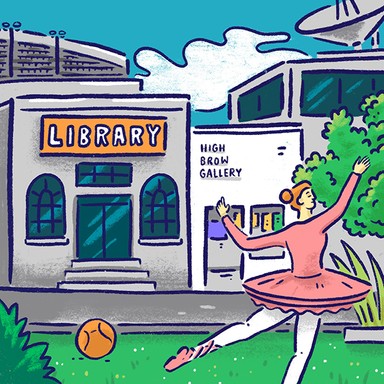
Queenstown-Lakes District Council

Transport
Helping communities get from A to B is a key responsibility of local government, from making sure the buses run on time to providing car parking and walking and cycling paths. Whether public transport is the responsibility of the regional or local council depends on where you are in the country. Local councils also own 87% of New Zealand’s roads.

Transport
Helping communities get from A to B is a key responsibility of local government, from making sure the buses run on time to providing car parking and walking and cycling paths. Whether public transport is the responsibility of the regional or local council depends on where you are in the country. Local councils also own 87% of New Zealand’s roads.
Continue to work with Otago Regional Council on the provision of a reliable public transport service.
Provide a connected active travel network of alternative routes for cyclists and walkers, for both commuting and leisure.
Provide upgrades to existing active travel routes to allow ease of use and keep these clear of obstructions and other obstacles.
We will design what Invercargill looks like in 50 years time, relationally, functionality, environmentally and aesthetically.
Consult with communities to plan each suburb; where we have a medium – long term vision for how movement throughout the entire city works.
We will travel towards building what is best for communities as a whole – any identifiable part of a community, and the individuals.
Prevent the expansion of the airport's terminal to reduce financial risk, limit tourism growth and reduce emissions.
Advocate for Queenstown-Lakes District Council control of the buses. To get out of their cars, people need certainty around frequency, reliability and accessibility.
Prioritise the completion of key active travel networks over the completion of stages 2 and 3 of the Arterial link.
Seek to move the jurisdiction of public transport from Otago Regional Council to Queenstown-Lakes District Council, we understand the community more than Dunedin.
More bike stands at transport hubs and bus stops. Support micromobility schemes such as e-scooters in Frankton flats.
Support a better bus service from and to the airport, and provide comms strategy away from hiring cars to using public transport.
The only policy I am standing on is greater openness, honesty and transparency from Queenstown-Lakes District Council.
Continue to work with Otago Regional Council on the provision of a reliable public transport service.
Provide a connected active travel network of alternative routes for cyclists and walkers, for both commuting and leisure.
Provide upgrades to existing active travel routes to allow ease of use and keep these clear of obstructions and other obstacles.
We will design what Invercargill looks like in 50 years time, relationally, functionality, environmentally and aesthetically.
Consult with communities to plan each suburb; where we have a medium – long term vision for how movement throughout the entire city works.
We will travel towards building what is best for communities as a whole – any identifiable part of a community, and the individuals.
Prevent the expansion of the airport's terminal to reduce financial risk, limit tourism growth and reduce emissions.
Advocate for Queenstown-Lakes District Council control of the buses. To get out of their cars, people need certainty around frequency, reliability and accessibility.
Prioritise the completion of key active travel networks over the completion of stages 2 and 3 of the Arterial link.
Seek to move the jurisdiction of public transport from Otago Regional Council to Queenstown-Lakes District Council, we understand the community more than Dunedin.
More bike stands at transport hubs and bus stops. Support micromobility schemes such as e-scooters in Frankton flats.
Support a better bus service from and to the airport, and provide comms strategy away from hiring cars to using public transport.
The only policy I am standing on is greater openness, honesty and transparency from Queenstown-Lakes District Council.
Mayor
Compare the mayoral candidates in your area
Local council
Compare the candidates for your city or district council
Regional council
Compare the candidates for your regional council
Local board
Compare the candidates for your local or community board







